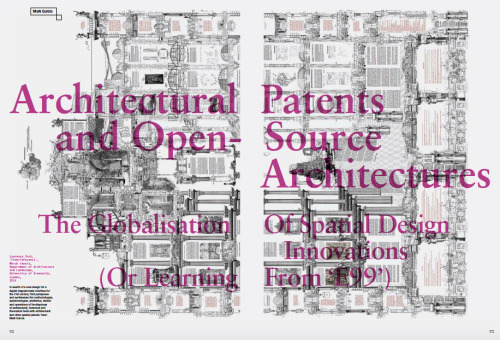

- Architectural diagrams hardcover manuals#
- Architectural diagrams hardcover full#
- Architectural diagrams hardcover software#
Private cloudĪ private cloud is used by a single organization, usually behind some type of firewall, and can only be accessed by authorized users.
Architectural diagrams hardcover full#
Public clouds are extremely versatile however, cloud providers maintain full control over the cloud environment, so users must adapt to the platform’s structure and functionality. Companies like Google and Amazon offer public clouds, which can include both individual services and infrastructures to users based on need. There are four main types of cloud environments: Public cloudĪ public cloud computing service offered by a third-party provider, available to anyone over the public Internet. While all cloud environments provide virtualized processing and storage capabilities, individual cloud environments differ significantly in how they’re hosted, implemented, and accessed by users.
Architectural diagrams hardcover software#
Platform as a Service (PaaS): System where hardware and software tools needed for application development are delivered via a third party.Development as a Service (DaaS): Computing model involving an outsourced virtual desktop infrastructure (VDI) sometimes referred to as hosted desktop services.Software as a Service (SaaS): System in which software is hosted and accessed via the Internet rather than installed on a computer.Each uses their own unique method of cloud architecture. There are four different types of cloud services. Software components and services: Individual parts of a system or application.Middleware: Software that bridges a database or operating system to an application.On-prem resources: The software and technology located on an organization’s physical premises.Cloud resources: Physical or virtual resources a cloud provider makes available to a cloud user.Cloud architecture componentsĪ basic cloud architecture is made up of a few basic components, including: Not only can an up-to-date cloud architecture diagram provide valuable documentation of your cloud environment during incident response or when you need to describe current state to others, but it can help you maintain and optimize your cloud structure. This is where a visualization of your cloud architecture can come in handy. With all of the components that make up a cloud’s infrastructure, understanding and maintaining your cloud architecture, let alone communicating it to others, can be difficult. Easier access for stakeholders to important files and applications from anywhere.Easier adaption to scaling of the business.

Support and utilization of rapid innovation.Reduced operating costs for an organization.Architects, LAVA, and P riph riques architectes and also features an essay by the philosopher Lidia Gasperoni.To put it simply, a cloud is an IT environment that allows users to access and share the same scalable resources across a network.Ĭloud architecture is the blueprint by which individual components and technologies fit together to deliver an online platform.īenefits of migrating to the cloud can include: This volume includes work by UNStudio, NL Architects, JDS Architects, J.
Architectural diagrams hardcover manuals#
The second edition of this book from the series Construction and Design Manuals presents a selection of projects by prominent architects and designers in the form of diagrams, drawn from the fields of architecture, interior design, and installation. As such, the diagram, with its lines, points, and strokes, operates at the intersection of geometry, art, and theory. This process is creative and erratic - it is highly intuitive and variable and follows its own logic. The diagram represents an imaginative process that enables architects to transform typologies, figures, and models using analogue and digital design procedures. In the last few decades, the "diagram" has evolved into a constitutive, generative medium for the architectural design process and is now an everyday term used in the context of design.


 0 kommentar(er)
0 kommentar(er)
